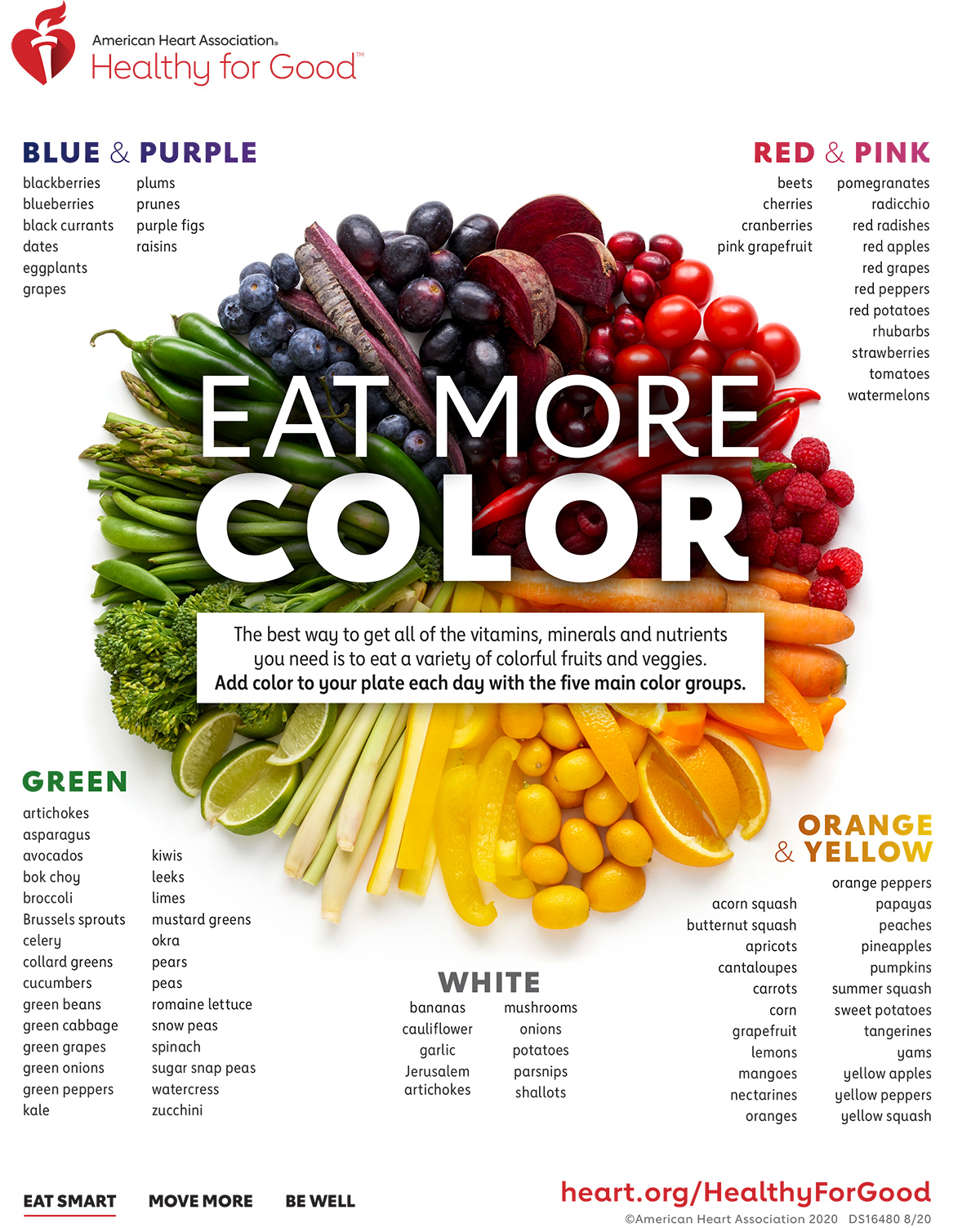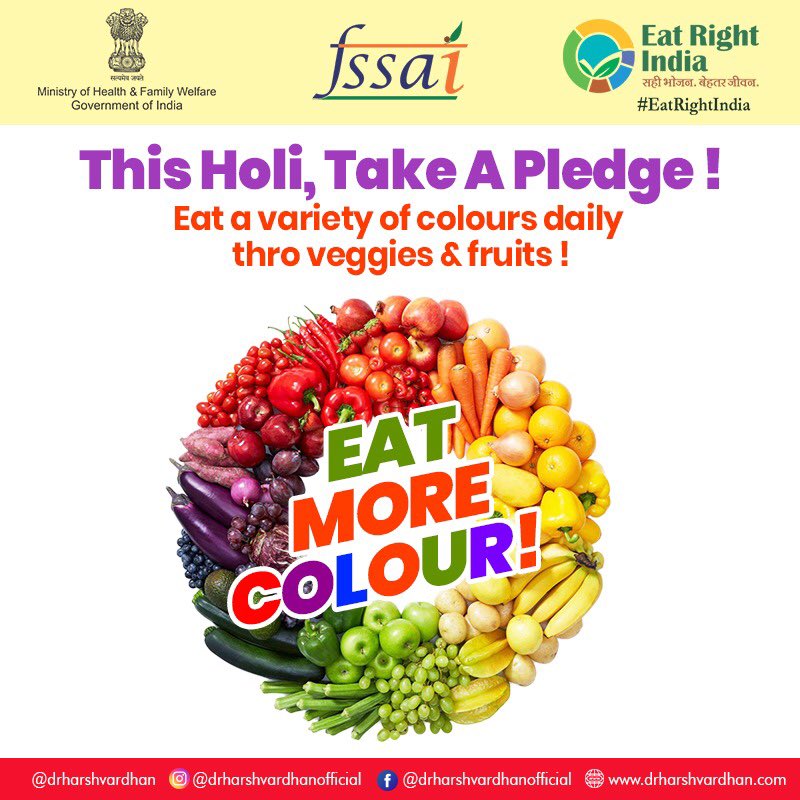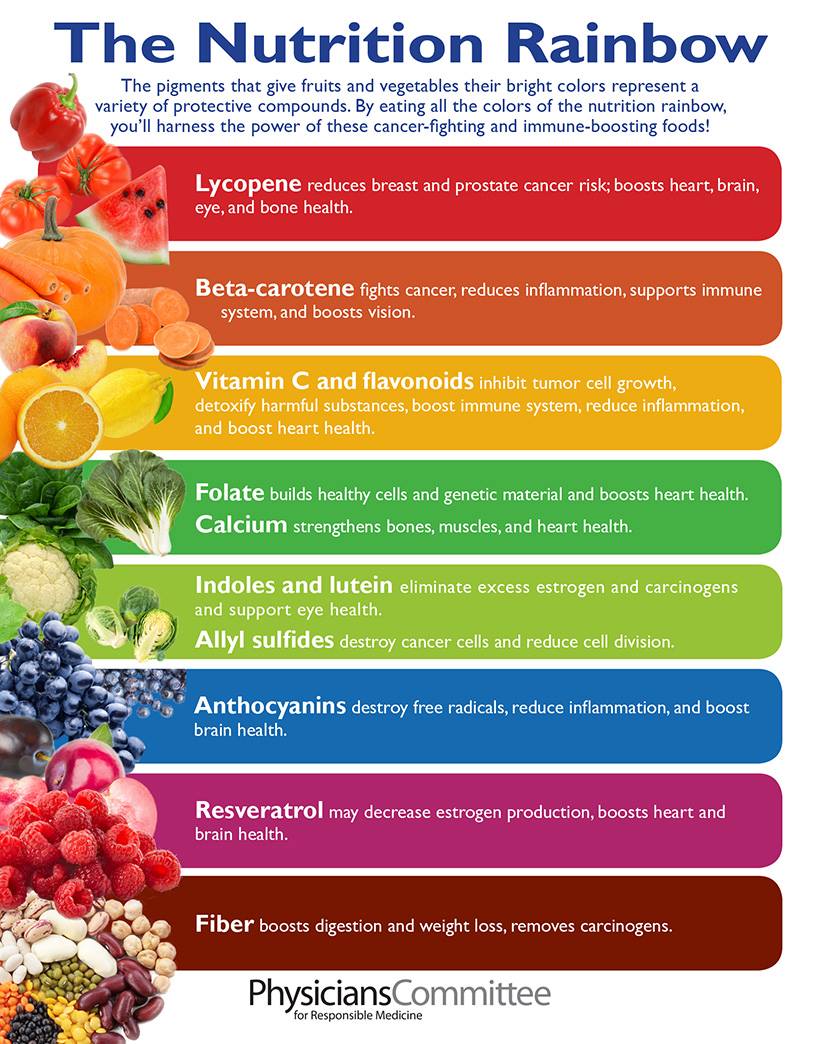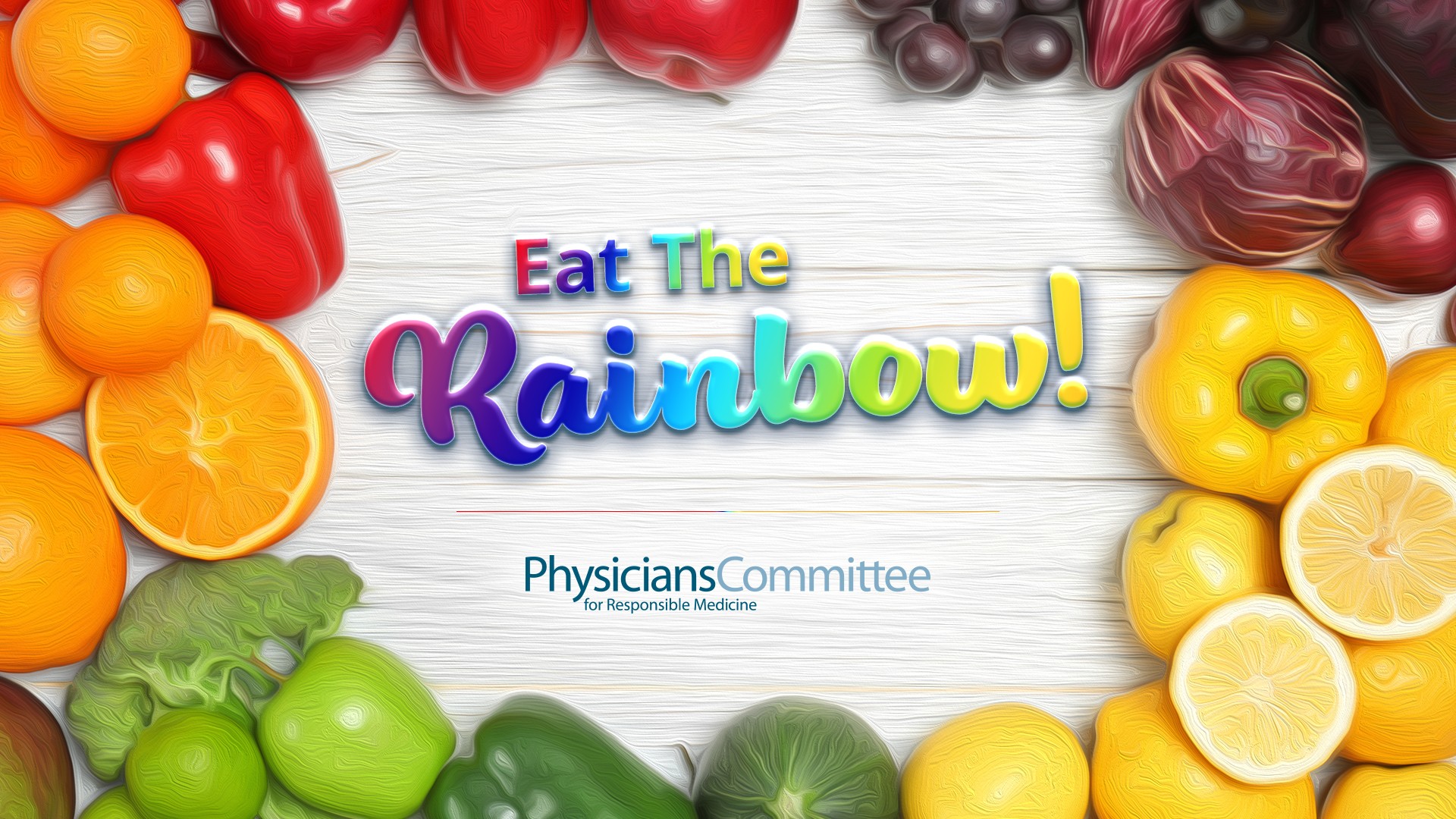(2 mins) Transcript. Dr Greger's summary: "In addition to quantity and quality, the variety of fruits and vegetables consumed matters, as many phytonutrients are not evenly distributed among the various families and parts of plants."
(1) Why diversify? Dr Greger explains: "There are tens of thousands of phytonutrients, but they’re not evenly distributed throughout the plant kingdom. Those wonderful glucosinolates I’ve talked about are found almost exclusively in the cabbage family. You don’t get lemonoids like lemonin and limonol or tangeretin in apples, for example. Comparing apples and oranges is like, comparing apples and oranges."
(2) Should we diligently diversify across fruits, or veggies? Which one is more important? Dr Greger explains: "In a sense, though, all fruits are just fruits, whereas vegetables can be any other part of the plant. Roots harbor different nutrients than shoots. Carrots are roots; celery and rhubarb are stems; dark green leafies are leaves; peas are pods; and cauliflower is true to its name—a collection of flower buds. But all fruits are just fruits, so it may be even more important to get in a variety of vegetables so you can benefit from all parts of the plant—and that’s indeed what they found."
(2 mins) Transcript. Dr Greger's summary: "The variety of fruit and vegetable consumption may decrease disease risk, independent of quantity."
Why diversify? At offset 1:32, Dr Greger explains,
(4 mins) Transcript. Dr Greger's summary: "Dietary diversity is important because each plant family has a unique combination of phytonutrients that may bind to specific proteins within our body."
Companion article: We Have Specific Fruit and Vegetable Receptors (2018).
This is a fascinating video worth watching in its entirety. Dr Greger offers multiple insights into why dietary diversity, especially fruits & veggies, matters. This video has curious insights like these:
(8 mins) Transcript. A remarkable video! Must watch. Dr Greger explains a study in which small amounts of turmeric, pomegranate, broccoli and green tea were given to patients. Excerpts:
(3 mins) Transcript. An excerpt from the video:
Motivation to consume a variety of fruits & veggies may also be derived from the American Gut Project. They have discovered that consumers of 30 or more unique plant types per week had the healthiest guts. See Big data from world's largest citizen science microbiome project serves food for thought at Science Daily, 2018. Note that the guideline is to eat 30 or more plants (any plants, not specifically fruits and veggies).
A common guideline by health organizations is 'Eat More Colors!' And Dr Greger's videos explain that we must derive all these colors from different parts of plants like fruits (like mangoes and apples), stems (like celery and rhubarb), root vegetables (like potatoes and carrots) , leaves ('leafy greens' like kale and collards), pods (like green peas) and flowers (like cauliflower).

Source: Eat More Color Infographic at AHA (American Heart Association).
In the center, the infographic says:

Source: Eat More Colors! by FSSAI (Food Safety & Standards Authority of India).


In the article Is a variety of plant foods important, and what does 'a variety' mean?, European Code Against Cancer (ECAC) explains:
Prepare a rainbow-colored salad! :) Dr Fuhrman explains that we should consume a large bowl of daily G-BOMBS salad! What's G-BOMBS? It's an acronym for Greens, Beans, Onions, Mushrooms, Berries and Seeds. We should extend this acronym to 'Rainbow G-BOMBS' to remind ourselves that the salad should have an impressive array of colors as well with the inclusion of multi-colored veggies.
In a FaceBook message exchange, Dr Peter Rogers mentioned:

 Instagram
Instagram YouTube
YouTube